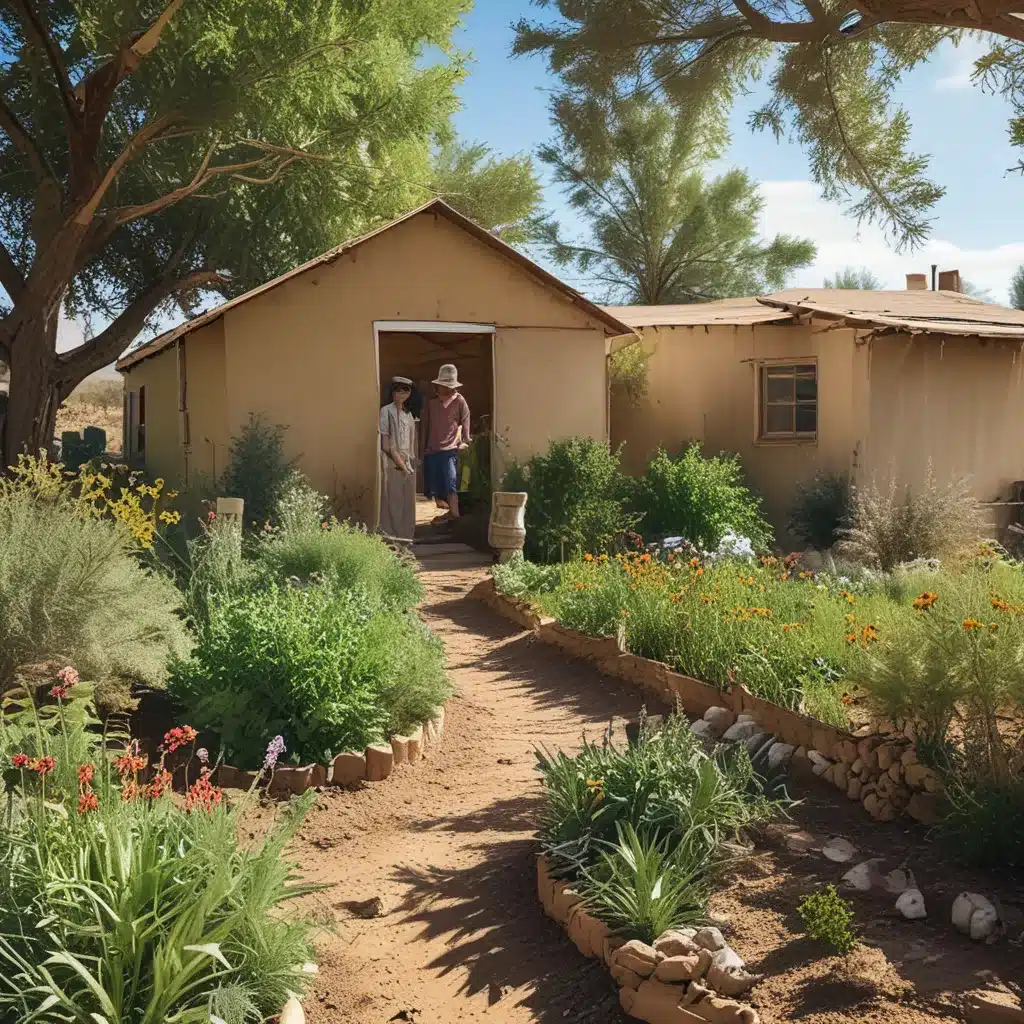
Discovering the Magic of Regenerative Agriculture
As I step out onto the lush, verdant fields of Thornapple CSA, I can’t help but feel a sense of wonder wash over me. This isn’t your average farm – it’s a thriving, vibrant ecosystem teeming with life. Instead of rows of monotonous monocultures, the landscape is a tapestry of diverse plants, each one playing a crucial role in the delicate balance of this organic oasis.
Regenerative agriculture is the guiding principle here, and it’s a concept that has captivated me ever since I first learned about it. It’s not just about growing food; it’s about restoring the land, nurturing the soil, and creating a harmonious relationship between humans and nature.
As I wander through the rows of leafy greens, vibrant vegetables, and towering fruit trees, I can’t help but feel a deep sense of connection. This isn’t a sterile, industrialized farm – it’s a living, breathing organism, where every element works in tandem to create a truly sustainable system.
The Power of Biodiversity
At the heart of this organic oasis is a deep respect for biodiversity. Instead of relying on a single cash crop, the farmers here have embraced the power of polyculture, planting a diverse array of plants that work in harmony to create a thriving ecosystem.
“It’s all about mimicking nature,” explains Sarah, one of the farmers. “In a healthy ecosystem, you don’t see vast monocultures; you see a tapestry of different species, all interacting and supporting one another. That’s what we’re striving for here.”
As I listen to Sarah, I’m struck by the elegance of this approach. By creating a diverse patchwork of crops, the farmers are able to reduce their reliance on harmful pesticides and fertilizers, while also improving the overall health of the soil.
Regenerative agriculture goes beyond just growing food – it’s about rebuilding and restoring the land, creating a self-sustaining system that can thrive for generations to come.
Nurturing the Soil
One of the key pillars of regenerative agriculture is the focus on soil health. Instead of treating the soil as a mere medium for growing crops, the farmers at Thornapple CSA understand that it’s a living, dynamic ecosystem in its own right.
“The soil is the foundation of everything we do,” says Sarah. “If we don’t take care of the soil, we can’t grow healthy, nutrient-rich food. That’s why we’re so focused on building up the organic matter, improving the soil structure, and encouraging a diverse population of microorganisms.”
To achieve this, the farmers use a variety of techniques, including cover cropping, no-till farming, and the strategic application of compost and other organic amendments. By nurturing the soil, they’re able to create a self-sustaining system that requires fewer external inputs and is more resilient to the challenges of climate change.
Closing the Loop
One of the most striking things about Thornapple CSA is the way they’ve closed the loop, turning waste into valuable resources. Instead of sending organic matter to the landfill, they compost it and use it to enrich the soil, completing the cycle of life.
“We believe in a circular economy,” says Sarah. “Everything has a purpose, and nothing should be wasted. By composting our food scraps and agricultural waste, we’re able to create a continuous loop of nutrient cycling that benefits the entire ecosystem.”
This commitment to sustainability extends beyond the farm as well. The Thornapple CSA website proudly displays their “Lose the Landfill” initiative, which focuses on using recyclable and compostable packaging for their community-supported agriculture (CSA) boxes.
Empowering the Community
But the magic of Thornapple CSA isn’t just about the land – it’s about the community that has grown around it. By offering a CSA program, the farmers are able to connect directly with their customers, fostering a deep sense of investment and ownership.
“When our members come to the farm, they don’t just see rows of vegetables,” says Sarah. “They see the work we’re doing to create a thriving ecosystem, and they feel a sense of pride and ownership in that. It’s not just about the food; it’s about being part of something larger than themselves.”
This community-focused approach extends beyond the farm as well. The Thornapple CSA team regularly hosts educational workshops and events, teaching members about the principles of regenerative agriculture and the importance of sustainable food systems.
The Ripple Effect
As I leave Thornapple CSA, I can’t help but feel a sense of hope and inspiration. This isn’t just a farm – it’s a model for a more sustainable future, one that is built on a deep respect for the natural world and a commitment to restoring the balance between humans and the environment.
Regenerative agriculture is more than just a buzzword – it’s a way of life that has the power to transform our food system, our climate, and our communities. And Thornapple CSA is living proof that it’s possible to create thriving ecosystems on even the smallest of farms.
As I drive away, I can’t help but wonder about the ripple effect that this organic oasis might have. What if more farms embraced the principles of regenerative agriculture? What if communities across the country started to see their food systems as part of a larger, interconnected whole?
It’s a tantalizing thought, and one that fills me with a renewed sense of hope and possibility. After all, if a small farm like Thornapple CSA can create such a vibrant, sustainable ecosystem, just imagine what we could achieve if we all worked together towards a healthier, more regenerative future.



